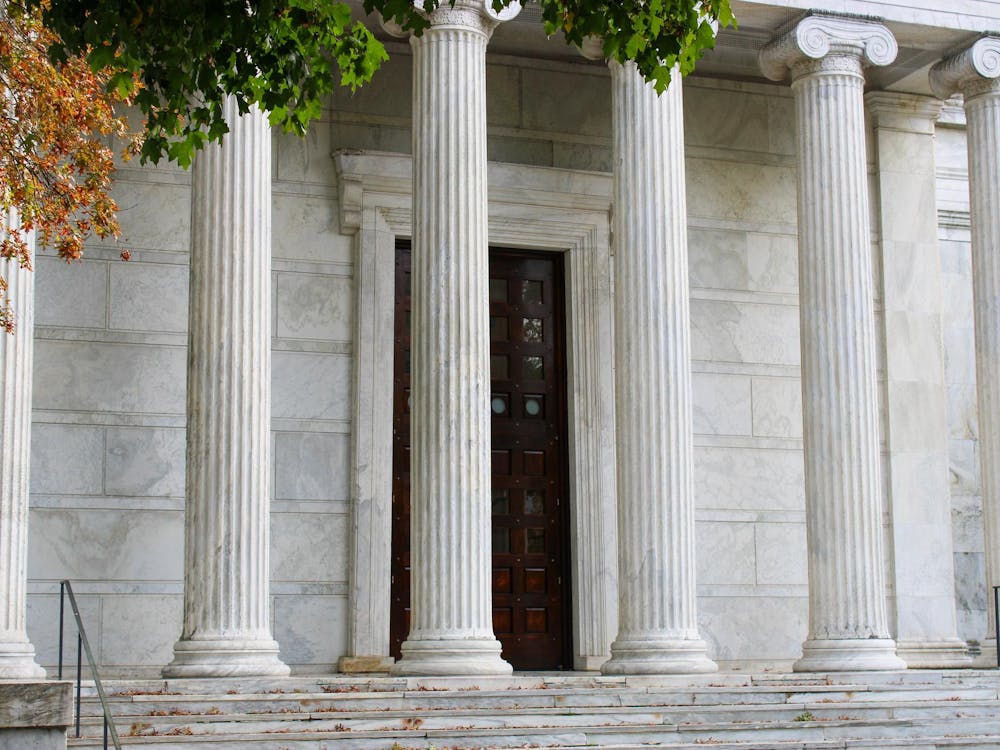The year started with a bang with the establishment of the Eating Club Task Force, which was charged with examining “whether there are steps that can and should be taken to strengthen those relationships for the mutual benefit of the clubs and the University, and for the benefit of Princeton students and the undergraduate experience.” It seemed that students took up this charge by speaking with their feet. Sure, more than two-thirds of sophomores joined eating clubs this past year. But at the same time, traditionally marginal co-ops have already filled to capacity and have long waiting lists. This trend represents an attempt to diversify the type of social institutions represented. The administration’s decision to implement mixed-gender housing, which went into effect for this year’s room draw, demonstrates a willingness to rethink gender relations and living arrangements.
But no one has yet asked why it makes sense that students only become full-fledged members of the Princeton community after sophomore year. Only upperclassmen are allowed to live anywhere on campus. Only upperclassmen have full eating privileges at eating clubs. Because juniors will likely have a number of friends in eating clubs, it becomes significantly easier for them to get passes to parties.
Along with these new positives, junior year can carry a fair number of negatives. New friend groups are formed along the social pressures of new living and eating arrangements. Old friend groups that held together easily in the residential college system may strain or break under the pressures of shifts in the social environment. It can be a disorienting time.
It seems natural that the transition from sophomore to junior year should have a social component. Our metaphors reinforce this notion: “Underclassmen” implies somehow being less than, or “under,” while “upperclassmen” implies being above. Academically, junior year is the real start of a Princeton education, as students finally settle into a major and begin the work that will culminate in their theses.
But it is not “natural” — it could be otherwise. For example, after living together for their first year, Harvard sophomores scatter throughout the campus.
Since junior year is already full of new academic pressures, it makes little sense to add social pressures as well. Writing a junior paper or senior thesis is already tough — it consumes an enormous amount of mental energy and time. Why make it tougher by forcing juniors to readjust to a new social scene?
Waiting until junior year to allow students to fully engage in the community also means that the Princeton experience is inconveniently divided into two halves. By the end of sophomore year, most students finally feel settled. Then — bam! — they have to readjust all over again. It’s true that transitioning from sophomore year to junior year is less jolting than becoming a college freshman after being a high school senior. Still, many students characterize their third year at Princeton as their hardest. Moving the date at which students are fully socialized to an earlier point could solve the problem of having to transition to Princeton twice. One logical time might be after freshman year, when social patterns are still in flux.
Shifting the “socializing” date to the beginning of sophomore year — or eliminating it altogether — is not an argument for or against any of the current social institutions. For example, eating clubs could simply recruit freshmen or give sophomores full member privileges in the spring semester.
I am arguing only that any process of rethinking the social structure at Princeton should ask all of the questions. The Princeton experience is not, after all, only an academic one — it’s a social one, too, and it should be the best one possible.
Adam Bradlow is an anthropology major from Potomac, Md. He can be reached at abradlow@princeton.edu.








